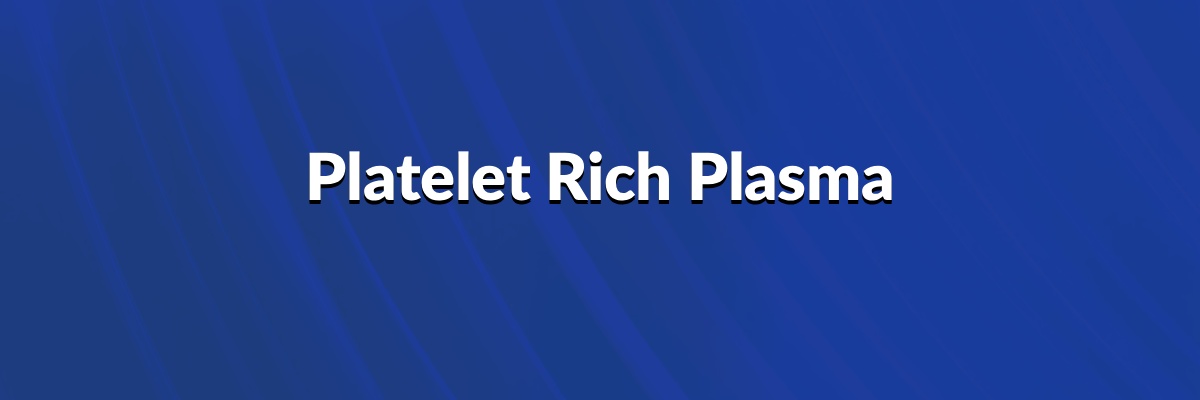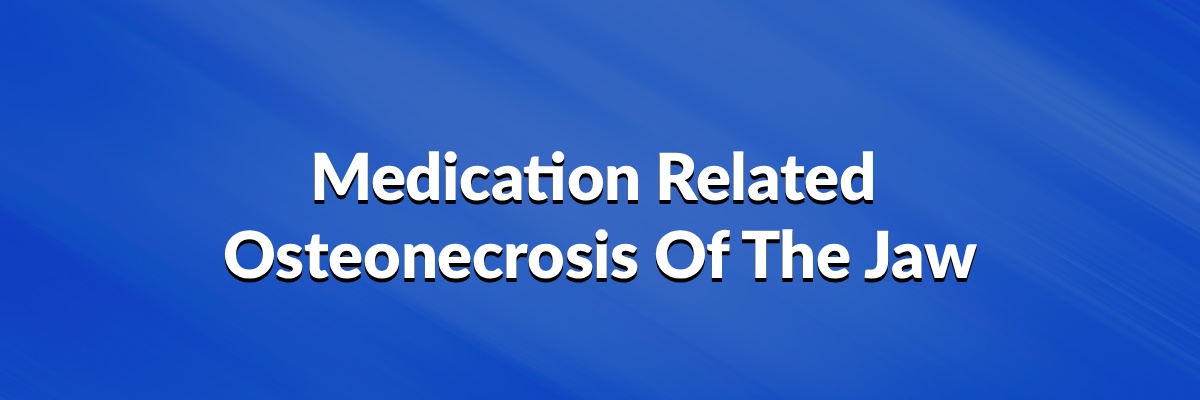- Latency period can be from 4-7 days depending on age, blood supply, irradiation to the area, scar tissue, etc. The rate and rhythm of distraction is how far and how often. A rate of 1mm/day at a rhythm of 0.25mm four times a day is ideal.
- Consolidation period begins when active distraction stops and is generally three times the active distraction period.
- Bony healing after a fracture or osteotomy consists of four histologically distinct stages: an inflammatory phase, soft callus formation, hard callus formation, and bony maturation/remodeling. During soft callus formation, fibrovascular structures bridge the osteotomized bone segments and there is recruitment of fibroblasts and mesenchymal stem cells within the fracture zone. It is this flexible soft callus which is lengthened via gradual traction during the subsequent distraction phase.
- In most patients, a latency phase of 5 to 7 days allows for adequate formation of a soft callus before active distraction is initiated. If activation of the distractors is initiated too early, decreased bone formation results. If the latency period is too long, conversion to a hard callus begins and early healing of the osteotomy will prevent mandibular lengthening. In young children, bone healing occurs much faster and little or no latency phase is required.
- Phase 1: Osteotomy
- Phase 2: Latency – unique to DO; length varies based on age, location of osteotomy, healing potential of osteotomy site
- Phase 3: Distraction/Activation
- Phase 4: Consolidation
- Distraction osteogenesis comprises of three sequential phases; latency, distraction and consolidation phase which is distinct in every aspect. These phases are simplified in the illustration below (Figure 1).Latency phase: formation of callus. Ilizarov suggested 5–7 days, but this depends on the microvasculature and physiological state of bone formation over the distraction site. At cellular level, there is hypoxia occurring over the osteotomized structure inducing angiogenic respond and migration of mesenchymal cells to help produce collagen synthesis. Latency period should be short enough to prevent calcification and long enough for adequate callus formation.Distraction phase: To achieve target bone growth, the rigid distraction device needs to be activated as per suggested protocol. The device is activated via turning axial screw with a movement of 0.25–0.5 mm (depends on the system used) per turn. The success of the distraction depends on the rate and frequency of the distraction. If the distraction is carried out fast by increasing the rate and frequency it may lead to ischemia at the cellular level causing malunion over the distraction site. In contrary, reduced rate and frequency may lead to early ossification, thus indirectly causing complication to the distraction. Clinicians worldwide tend to keep the frequency to 2–4 times of activation daily with the target of 1.0–1.5 mm distraction rate per day. Histologically, 10–14 days post distraction, osteoid synthesis starts at the margin of the osteotomized bone adjacent to the blood vessels [5]. At around 3 weeks post distraction, progressive calcification starts to form bone spicules.Consolidation phase: This phase entails a long period of immobilization where the stretched callus is allowed to mature with the support of the device, keeping the callus in a stretched and stable position as well as preventing cartilaginous intermediate. Remodeling starts by allowing the formation of lamella bone with bone marrow elements over a period of time. The duration of the consolidation phase is around 4–12 weeks with 8 weeks being the average. Clinically, it is suggested that the consolidation phase is kept at twice as long as the activation phase and the timing of the consolidation period depends on the location of the distraction site and rate of bone metabolism [6].
- Bony healing after a fracture or osteotomy consists of four histologically distinct stages: an inflammatory phase, soft callus formation, hard callus formation, and bony maturation/remodeling. During soft callus formation, fibrovascular structures bridge the osteotomized bone segments and there is recruitment of fibroblasts and mesenchymal stem cells within the fracture zone. It is this flexible soft callus which is lengthened via gradual traction during the subsequent distraction phase. Once the desired bony lengthening has been achieved, the distraction appliance is left in place and serves as a stabilizing device while the regenerate bone (soft callus) matures and calcifies forming a hard callus. Most distraction protocols recommend a consolidation/healing phase of at least 6 to 8 weeks.
- Figure 1.The phases of distraction osteogenesis. (a) Latency period in which hematoma formation occurs following osteotomy which is later replaced by granulation tissue. (b) During distraction period, bone gap is progressively increased with osteogenesis at the margin of distraction gap. (c) Osteogenesis extend to the Centre of the gap during consolidation phase. (d) Maturation of the ossification in the distraction chamber in late consolidation period. (e) Bone remodeling and continuity of alveolar canal after completion of distraction osteogenesis.








